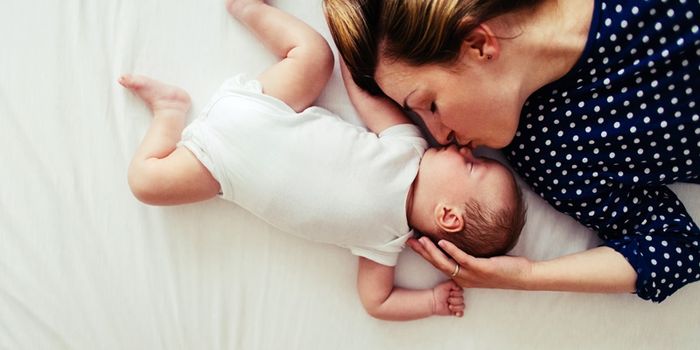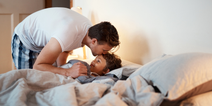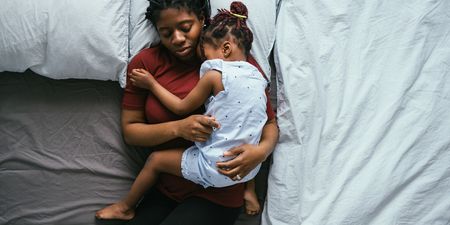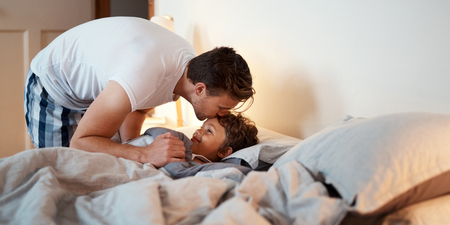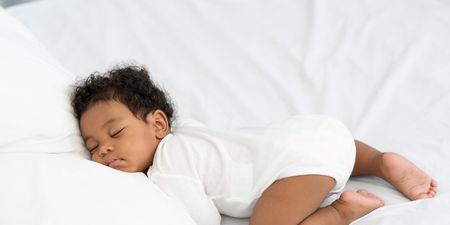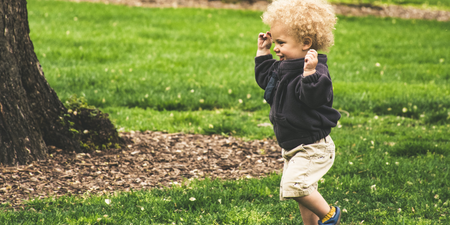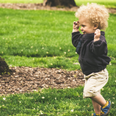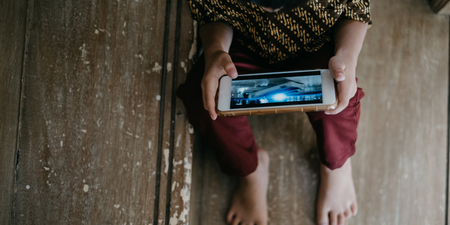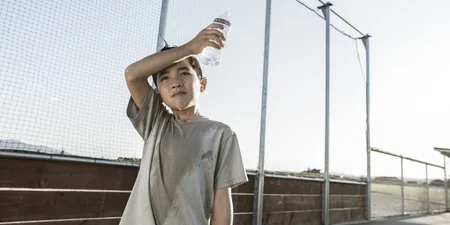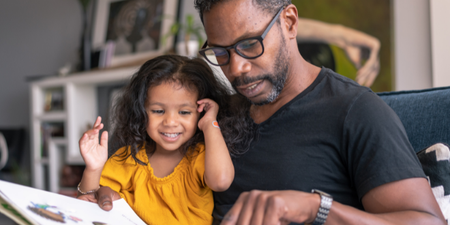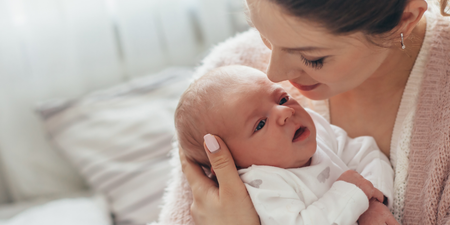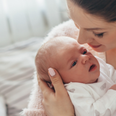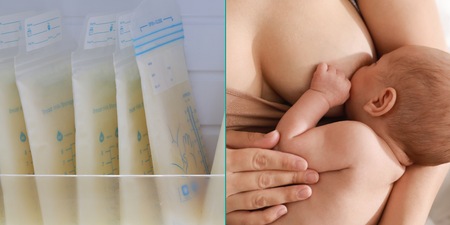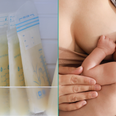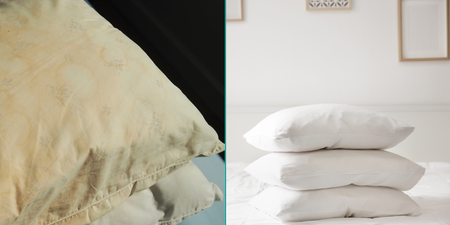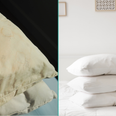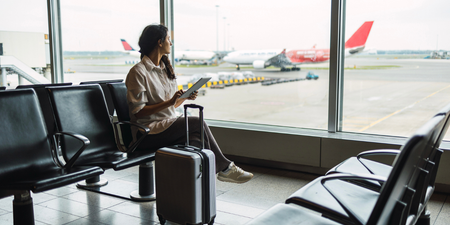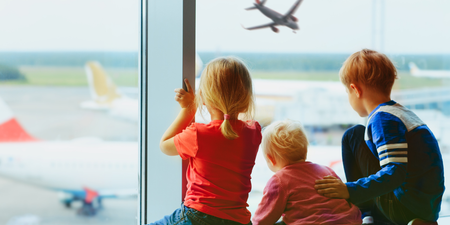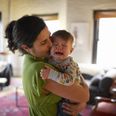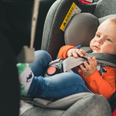Ultimately most babies will sleep in a conventional cot, but generally not until they are six months plus, as a cot may be too big a space at the beginning.
For nighttime and even some daytime sleep, the best options are probably a Moses basket or a crib that can be placed next to or attached to your bed (this is called a co-sleeper or sidecar). This sleeping space is normally temporary as your baby will get big quickly and then will perhaps move to a conventional cot.
There are plenty of choices on the market and there are even some that transition from a newborn sleeping space all the way through to a toddler bed. Don’t be overwhelmed; your decision will be based on your budget and your space and, of course, your preferences and parenting style.
It is likely that your baby will room-share with you for at least the first six months. Then, based on rooms available and on your own feelings about where you want your child to sleep, they may move out into their own bedroom.
- Your baby will benefit from a small space to feel safe at the start.
- Young children sleep better and longer in close proximity to their mums.
- You will always need to invest in a new mattress for each new baby. So keep this in mind if you are being given or lent a Moses basket, crib or cot by family or friends. The mattress needs to be firm, meeting health regulations, and you should always place your baby into the crib with their feet close to the end.
- During the day and evening, you will probably want your baby quite close to you. At the start, they can have a tendency to sleep whenever and wherever with noise and light not really bothering them.
- The pram component to your buggy can serve very well as a crib. Your baby can lie flat and be comfortable and you can always roll them in the house, if you are not planning on a walk, to help them drift off to sleep.
- To begin with, your baby will have a late bedtime, so you will probably keep them with you in the living area in the pram, your arms or the Moses basket. When it is bedtime, you will all go to bed and the baby will be in the crib or Moses basket for the night (at least in theory).
Although you may not plan to share your bed with your baby, planned and unplanned bed-sharing happens and there is nothing wrong with it. You shouldn’t feel guilty about this approach to sleeping; in fact, it can help many mums get more sleep. Although the current health agenda does not support it, it would seem that as many as 70 per cent of parents share the bed at some stage.
So if you are bed-sharing, whether planned or otherwise, ensure that you are observing safe sleep
and providing a risk-free environment. Even if you do share the bed, it doesn’t mean you can never reverse this situation. Consider returning your baby to the cot once they are 12–16 weeks plus to diminish their expectations of sharing the bed with you.
Quality sleep in the family bed
There is no one correct way to approach healthy sleep for your family unit. There are many different parenting styles and essentially it is a personal choice. Infant sleep can be hotly debated and, indeed, controversial. Decisions about where your baby will and should sleep are deeply personal and very often your views may change depending on your particular child.
Co-sleeping – also referred to as the family bed or bed-sharing– can be a great, connected approach for many families and it can work exceptionally well. However, many parents may find that although they have no issue with bed-sharing or co-sleeping with their children, nobody’s getting any sleep. That still doesn’t mean you have to give up sharing the bed, it may just mean you need to review the situation and make some adjustments to help the things work a little bit better.
First, as with any sleep approach, you need to observe safe sleep. Adult beds were not designed with safe infant sleep in mind, so the parents must ensure that the environment is risk free. Infants should sleep on their backs, on a firm, clean surface under breathable, comfortable bedding. Parents should remove loose bedding, stuffed toys and pillows and ensure that the infant is not too hot or too cold. Avoid using a hat for your sleeping baby. It is imperative that there are no gaps or spaces that put your baby at risk of getting trapped or suffocated. The environment should be smoke free. One of the most prevalent risk factors in SIDS is linked to smoking.
Never risk falling asleep with your baby on a sofa or armchair. If you’re feeling really tired and think you may fall asleep with your baby while feeding or cuddling them on a sofa or armchair, move to a bed – bearing in mind the safety guidelines – or, if possible, ask your partner, a friend or family member to look after them while you get some rest.
When starting to bed-share, all parties should ideally be committed and informed. Everyone sharing the bed should agree and be comfortable with this family-orientated decision and also acknowledge that everyone who occupies the bed is responsible for the safety and well-being of the child. Obviously, use of alcohol, drugs or medication is not recommended and those unable to wake easily should not co-sleep with the infant.
SIDS guidelines suggest that parents delay co-sleeping for the first three months, or if your baby was born before 37 weeks or had a birth weight under 2.5 kg/5.5 lb. However, many parents will co-sleep much sooner, especially when breastfeeding, as this is the most natural environment.
Personally, I committed to this practice with my full-term (11 days over!) 8.6lb bundle of joy and it meant that we all got lots of sleep. Speak with your GP or health visitor if in doubt. The use of a ‘sidecar’ or ‘co-sleeper’ attached to the main bed can often be a very good alternative in the first instance. If you are bottle feeding it is advised that the baby sleeps on a separate surface alongside the mother rather than in the bed, so the ‘sidecar’ is the solution here.
Lucy Says…
Carefully think through your co-sleeping environment as your baby gets older and increasingly mobile. Some families find that a mattress on the floor is a great solution once the baby is rolling and more agile. Once your child is on the move, consider room safety – install wardrobe door locks, remove bookshelves to prevent climbing and maybe even put in a stair gate to stop your child wandering unsupervised out into the hallway and close to the stairs.
Remember, there is no right way for sleep. It has to be what is right for you and it must be safe and risk-free. Whatever you decide, it can be adjusted and refined so that it is also sleep-enhancing for all involved. Parents should do what feels right for these first few months and then you can look at things again when your baby is older and more open to being separate from you – if this is what you want.
Lucy Wolfe is a renowned paediatric sleep consultant. Her new book The Baby Sleep Solution published by Gill Books is available in all good bookstores now, priced at €16.99.
